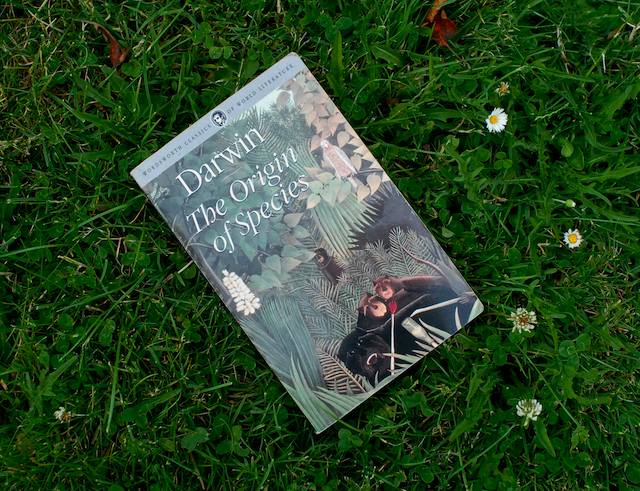A few days ago, I picked up on the FT’s account of life in the Number Ten bunker, and in particular on Gordon Brown’s brutish way with his subordinates. This post was picked up by Wilks in a post entitled “The Arrogance of Power” which, in turn, pointed to an excellent blog post by Willem Buiter, a leading economist who is a former member of the Bank of England’s Monetary Policy Committee. Professor Buiter has a more general theme, namely the fact that the UK Treasury (which nurtured Brown during the ten years that he lurked there, lusting after the premiership) is a bad case of instutionalised arrogance, rudeness and casual brutality. As a department, he writes, the Treasury
is institutionally nasty. It ever was thus. The Treasury is ruthless, and at times unprincipled and unscrupulous in the pursuit of what it wants. Its indifference to the collateral damage this may cause to people’s reputations, self-esteem and feelings is legendary and well-documented. Recent examples include letting former Governor of the Bank of England, Eddie George and current Governor Mervyn King twist slowly in the wind – unnecessarily dragging out the decision on their reappointment when they were up for reappointment at the end of their first terms as Governor. Apart from being rude and kak-handed, it also did nothing to promote financial stability, especially in the case of Mervyn King’s reappointment, which came at the high of the North Atlantic area financial crisis.
He goes on to expound on another case-study of this kind of behaviour — the treatment of the Bank of England’s Deputy Governor.
A particularly distasteful example of unscrupulous and gratuitously nasty behaviour by the Treasury was the manner in which it orchestrated the leaking of the announcement of Sir John Gieve’s departure from the Bank of England. That departure itself, whatever the legal niceties, amounted in substance to the constructive dismissal of the Deputy Governor. The job description of Deputy Governor for Financial Stability was being redefined and enhanced. The new job would go into effect in the Spring of 2009. His existing job would expire at that point. He would therefore not be able to serve out the remaining two years of his five year term. He would not be appointed automatically to the new enhanced Deputy Governor for Financial Stability position, but would have to apply for the job like any other candidate. In the future, all MPC positions, including the executive positions, will be advertised – a distinct improvement over the current grab-bag approach.
Having been found surplus to requirements by the Treasury, it was agreed that Sir John’s departure in the Spring was to be announced on June 19, 2008, the day following the Mansion House dinner with the traditional speeches by the Governor and the Chancellor. His leaving was to be announced as part of a longer message containing details of sweeping changes to the Bank’s financial stability structure. The substance of that message is contained in the Chancellor’s letter of June 19 2008 to the Chairman of the Treasury Committee, John McFall. Instead, the forces of darkness in the Treasury leaked the news of Sir John’s resignation during or just before the Mansion House dinner on June 18 – a dinner attended by Sir John. He was texted or e-mailed the news of the leak and spent most of the rest of the meal working away on his BlackBerry to put together a press statement. It was undignified, embarrassing and pointless. The leak was planned, intentional and deliberate.
This crass behaviour reflects a basic lack of class and manners.
It does indeed. It’s par for the course for New Labour — as anyone who crossed Alastair Campbell when he was Tony Blair’s spinmeister will testify. Buiter makes the point that the New Labour crowd have a visceral hatred of toffs like John Gieve, who just happened to have been educated at Winchester and New College, Oxford.
But it’s not just confined to HM Treasury. Appalling behaviour is regularly tolerated in companies too — and indeed celebrated by the mass media. Witness the celebrity status now enjoyed by Sir Alan Sugar, a barrow-boy-turned-entrepreneur who has become the star of a popular TV show, The Apprentice. Or the gibbering rages of Microsoft CEO Steve Ballmer, who reportedly once threw an office chair at a Microsoft subordinate who had the temerity to announce that he was leaving to join Google. Bill Gates is likewise celebrated in the media for his inexcusable rudeness. His stock line “That’s the stupidest thing I’ve ever heard!” is endlessly (and admiringly) reported. The gibbering rages of Oracle boss, Larry Ellison, (whose curious habit of collecting F16 fighter bombers also appeals to reporters seeking a bit of colour) are also the stuff of admiring legend. And as for Steve Jobs…
It’s time we stopped worshipping these vulgar, undisciplined, ego-maniacal brutes. Apart from anything else, their companies tend to become corporate extensions of their founder’s infantile personalities. And that can lead to them becoming major public nuisances — as in the case of Microsoft. Verbal abuse of subordinates who cannot answer back is no different from thuggish bullying in school playgrounds. And should be treated accordingly.


